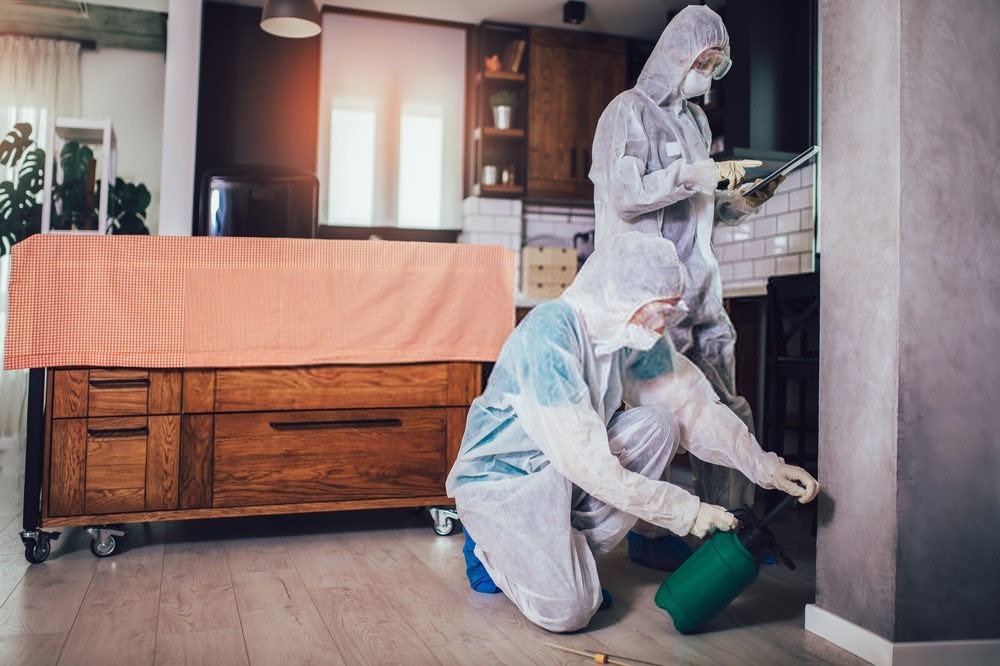We’ve all been there — swatting at a pesky fly that just won’t leave the room. It might seem like a small annoyance, but here’s the truth: flies are more than just an irritating buzz in the background. In fact, having flies in your home can signal deeper problems and pose serious health risks.
Most homeowners don’t realize that what seems like a harmless intruder can actually contaminate food, spread bacteria, and even hint at unsanitary conditions. If you’ve been ignoring a few winged visitors here and there, it’s time to take a closer look.
Let’s dive into why flies in your home are a bigger issue than you think — and what you can do about it.
Where Flies Come From and How They Get Inside
Flies don’t appear out of thin air, although it might feel like it sometimes. They’re drawn by scent, moisture, and opportunity. Open doors, torn window screens, unsealed garbage bins — these are open invitations for flies looking for a place to feed and breed.
Flies are especially attracted to:
- Overripe fruits and vegetables
- Garbage or compost
- Animal waste
- Drains with leftover food residue
Once inside, they’re fast, persistent, and surprisingly difficult to get rid of without a solid plan or help from expert fly removal and prevention services.
Common Reasons You Have Flies in Your Home
Wondering why flies chose your home as their landing pad? There are a few common culprits:
- Leftover Food: Crumbs on the counter or dirty dishes in the sink act as an open buffet for flies.
- Open Trash Bins: Decaying matter in exposed garbage is a major attraction.
- Standing Water: Pet bowls, overwatered plants, or leaky pipes create breeding grounds.
- Pet Waste or Litter Boxes: Not cleaning up after pets invites flies to feed and multiply.
- Poor Ventilation or Cleanliness: Kitchens, bathrooms, and laundry rooms attract flies if not cleaned regularly.
When these conditions are present, it’s only a matter of time before you see signs of an infestation. That’s where Fly Control Services come into play — keeping these pests from turning into a full-blown health hazard.
Types of Flies You Might Be Dealing With
Not all flies are created equal, and identifying the type of fly in your home can help you understand the source — and the solution.
- House Flies: The most common and a major carrier of bacteria.
- Fruit Flies: Small, red-eyed pests drawn to ripened fruits and vegetables.
- Drain Flies: Thrive near drains and pipes in moist, organic material.
- Cluster Flies: Often found in attics or wall voids, especially in cooler seasons.
- Blow Flies: Metallic blue or green flies that often indicate decaying meat or waste nearby.
If you’re uncertain which type you’re dealing with, searching for Fly Control Near Me is a great first step.
Why Flies Are More Than Just a Nuisance
Here’s where things get serious: flies aren’t just annoying — they’re dangerous. These tiny insects are known to carry over 100 different pathogens, including:
- Salmonella
- E. coli
- Cholera
- Tuberculosis
When a fly lands on your food or countertop, it could be transferring bacteria picked up from trash, feces, or dead animals. Even worse, flies regurgitate digestive enzymes and defecate as they move, spreading contamination quickly.
This isn’t just gross — it’s a real health risk, especially for homes with children, pets, or elderly family members. That’s why effective fly eradication services are crucial if you’re dealing with a recurring problem.
Signs You May Have a Fly Infestation
If you’re seeing more than the occasional fly, your home might already be hosting a fly infestation. Watch out for these red flags:
- Frequent Fly Sightings: Especially near windows, sinks, or trash bins.
- Buzzing Sounds: A constant buzzing may indicate multiple flies indoors.
- Fly Spots: Small black or brown specks on walls or ceilings.
- Maggots: Finding larvae in garbage, drains, or corners is a clear sign.
- Unpleasant Odor: A musty or rotting smell points to a breeding site.
At this stage, home remedies might not be enough. It’s time to consider a Fly Control Service to professionally assess and handle the infestation.
How to Get Rid of Flies and Prevent Them
Whether you’re dealing with an active fly problem or just want to prevent one, here are some effective strategies:
- 🧼 Clean Regularly
- Wipe down counters and appliances daily.
- Take out the trash frequently.
- Clean litter boxes and pet areas.
- 🔧 Fix Moisture Issues
- Repair leaking pipes.
- Don’t let water stand in sinks or trays.
- 🪟 Block Entry Points
- Install or repair window and door screens.
- Seal cracks and gaps in walls or vents.
- 🪤 Use Traps & Natural Remedies
- Set vinegar and dish soap traps for fruit flies.
- Use fly paper or UV light traps.
- Essential oils like eucalyptus, lavender, or mint can deter flies naturally.
- 👨🔧 Call the Professionals — Sometimes flies are too stubborn for DIY fixes. If that’s the case, search for Fly Control Near Me and connect with experts who offer tailored fly removal and prevention services.
Conclusion
A few flies buzzing around your kitchen might not seem like a big deal — but they could be a sign of something more serious. From spreading disease to signaling deeper sanitation issues, flies are far more dangerous than most people realize.
By understanding what attracts flies, recognizing the signs of infestation, and knowing when to call in fly eradication services, you can take back control of your home.
Don’t wait until a minor annoyance turns into a health hazard. Whether you’re looking for quick solutions or long-term protection, a trusted Fly Control Service can help you live fly-free and worry-free.
If you’re dealing with persistent fly issues, don’t hesitate to contact us for expert fly removal and prevention services in your area — because when it comes to your health and home, prevention is always better than cure.
 Instagram
Instagram Facebook
Facebook Whatsapp
Whatsapp Youtube
Youtube Contact
Contact
